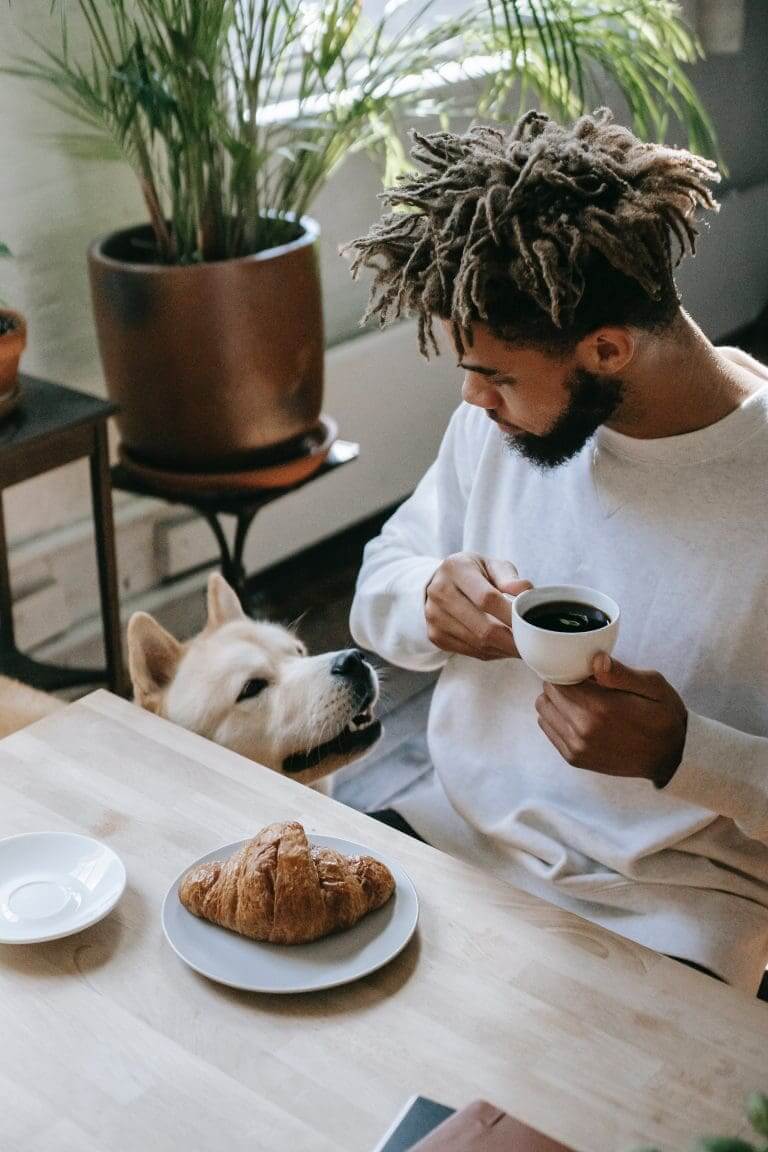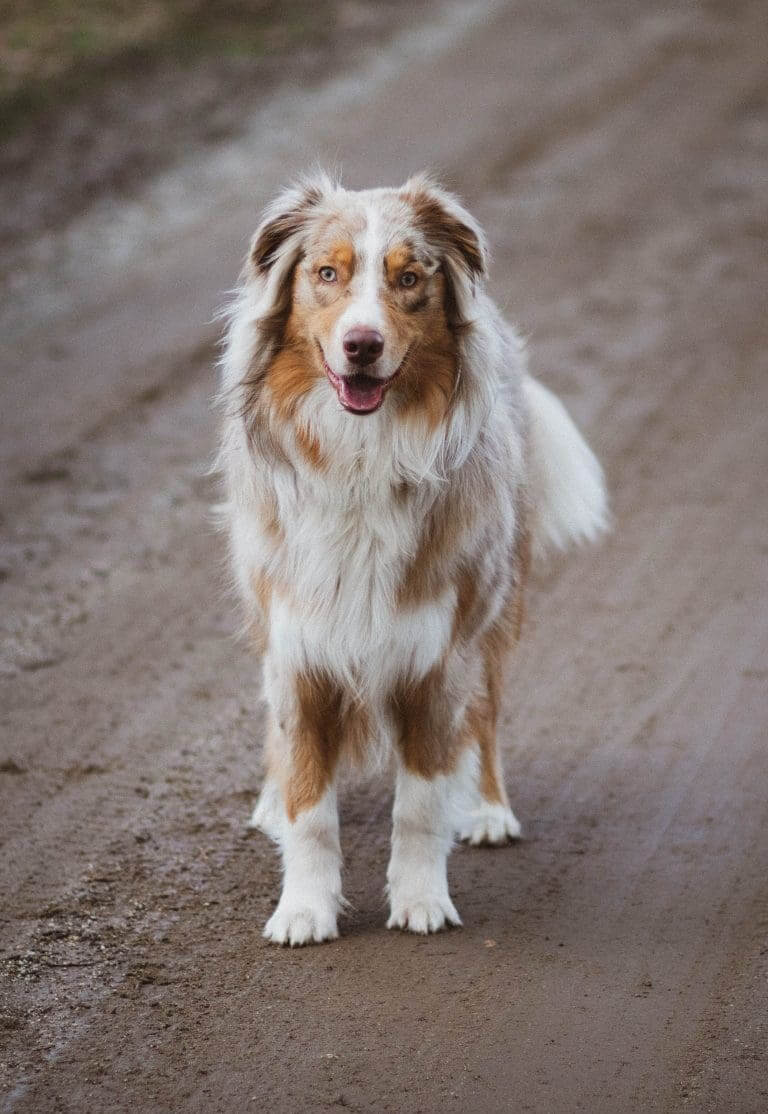What I Wish I Knew Before Getting A Second Dog?
Post Date:
December 10, 2024
(Date Last Modified: December 10, 2024)
Adding a second dog to your household can be one of the most rewarding decisions, but it is not without its challenges. Reflecting on the journey of welcoming a second furry friend into our home, I realized there were many things I wish I had known beforehand. These insights can help prepare you for the joys and challenges of having multiple dogs.
Consideration of Personalities
Choosing to bring another dog into your life often stems from a desire for companionship for your first dog or simply an overwhelming love for dogs. However, having two dogs requires careful consideration of their personalities, needs, and how they will fit into your family dynamics. Each dog is unique, and understanding their individual temperaments can significantly impact their coexistence.
Before bringing a second dog home, evaluating your first dog’s behavior is crucial. Some dogs are more social and adaptable, while others are territorial or anxious. Observing how your first dog interacts with other dogs can provide valuable insights. If your first dog is shy or aggressive, introducing a new dog may not be a smooth process. Ensuring that both dogs feel comfortable is essential for a peaceful household.
Training: A Unique Challenge
Training is another significant aspect that often goes underestimated. When we first brought our second dog home, I assumed that my first dog’s training would seamlessly translate to the new addition. However, I quickly learned that each dog requires individual attention during the training process. The new dog may have different learning styles or behaviors that need to be addressed. Establishing a consistent training routine for both dogs is vital to ensure they understand what is expected of them.
Navigating the Adjustment Period
The adjustment period can be quite challenging. When my second dog arrived, I expected a quick adaptation. Instead, my first dog displayed signs of jealousy and confusion, ranging from ignoring the new dog to guarding toys and food. Being prepared for this transition phase is essential. Allowing both dogs time to adjust and establishing a new routine that accommodates them both is necessary.
Space and Comfort
Space is another concern that often gets overlooked. Dogs, like people, appreciate having their own space. When we added a second dog, the shared environment affected their comfort levels. Each dog should have a designated area to retreat when they need alone time. This simple adjustment can greatly reduce stress and help both dogs feel secure.
Feeding Arrangements
Feeding schedules and food preferences can also be a source of tension. Initially, I thought it would be easy to feed both dogs together, but that was not the case. My second dog had a different eating style, and my first dog felt threatened during mealtime. Setting up separate feeding stations in different areas of the house can prevent conflicts. This separation not only helps with their feeding habits but also reduces the possibility of resource guarding.
Financial Responsibilities
The increased financial responsibility that comes with a second dog is another aspect worth considering. The costs of food, grooming, veterinary visits, and supplies can add up quickly. While I was prepared for some additional expenses, I did not fully grasp how much more it would cost to care for two dogs. Budgeting for two pets requires careful planning to ensure that you can provide for them without financial strain.
Socialization Needs
Socialization is crucial for both dogs, and underestimating the time this requires can lead to challenges. I initially thought my first dog would help socialize the new dog, but each dog has different social needs. Ensuring that both dogs have opportunities to interact with other dogs and people is essential for their overall well-being. This may involve additional trips to the dog park, playdates, or structured training classes.
Family Dynamics
The dynamics of your household will inevitably shift with the addition of a second dog. It’s essential to consider how your family will adapt to these changes. My children had to learn how to interact with both dogs, ensuring they were fair and attentive to their needs. Teaching them to give each dog equal attention is vital, as each dog may respond differently to affection. Communication within the family plays a crucial role in managing multiple pets.
Behavioral Considerations
While the bond between two dogs can be incredibly heartwarming, it can also lead to behavioral issues if not monitored closely. I have witnessed both of my dogs develop habits they may not have exhibited as single pets. They would sometimes feed off each other’s energy, leading to heightened excitement or anxiety. Being aware of their interactions and establishing boundaries is critical for maintaining a harmonious environment.
Exercise Requirements
The impact of additional exercise requirements is another vital factor. Each dog has its own energy levels and exercise needs, which can vary significantly. Initially, I assumed that one daily walk would suffice for both dogs, but I quickly learned that they needed more individualized attention. Regular exercise is vital for their physical and mental health, necessitating a routine that accommodates both dogs.
Grooming Needs
Grooming demands can vary significantly depending on the breed. My first dog required minimal grooming, but my second dog had a coat that needed regular brushing and maintenance. Being prepared for the increased grooming needs is essential. Establishing a grooming routine that works for both dogs can help prevent matting and other skin issues.
Patience in the Process
One of the most significant lessons learned is the importance of patience. The adjustment period can be unpredictable, and both dogs may take time to find their rhythm. Building a bond takes time, and allowing them to interact at their own pace, while rewarding positive behaviors, is crucial.
Veterinary Care Management
With two dogs, scheduling vet visits and managing vaccinations, flea treatments, and other health concerns can become more complex. Keeping track of each dog’s medical history and needs is essential. Staying organized is necessary to ensure both dogs receive the care they need without confusion.
Navigating Emotional Dynamics
The emotional aspect of having two dogs can be profound. The joy of watching them interact, play, and develop their unique bond is incredibly rewarding. However, it can also lead to feelings of guilt if one dog seems to be receiving less attention. Being intentional about spending quality time with each dog individually can help mitigate these feelings.
Creating a Structured Routine
Building a routine that accommodates both dogs is vital, involving feeding, exercise, training, playtime, and quiet time. Creating a structured schedule can help both dogs feel secure and understand what to expect, making it easier for them to adjust to their new life together.
Embracing the Joys of Companionship
The beauty of having two dogs lies in the companionship and love they bring to your life. Watching their relationship blossom can fill your days with joy, laughter, and warmth. However, this companionship comes with responsibilities that must be managed carefully.
Reflecting on this journey, the decision to get a second dog should not be taken lightly. Understanding the intricacies of canine behavior, training requirements, financial commitments, and emotional impacts can significantly enhance your experience. While the challenges can be daunting, the rewards of having two loving dogs can outweigh them. Preparing for the transition, being patient, and maintaining open communication with your family can ensure a smooth integration. With love, dedication, and thoughtful planning, welcoming a second dog can lead to a fulfilling and joyful life for both you and your furry companions.






